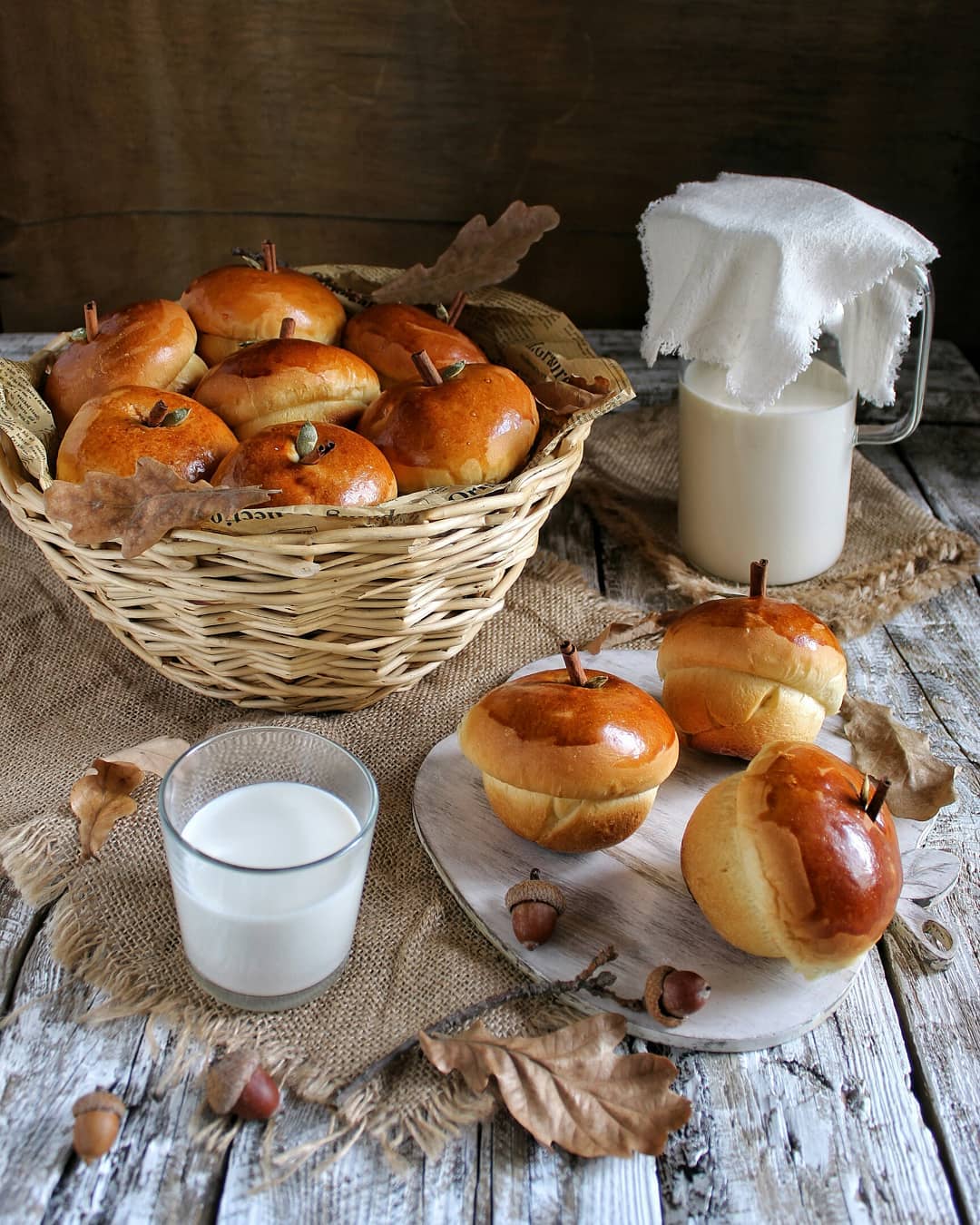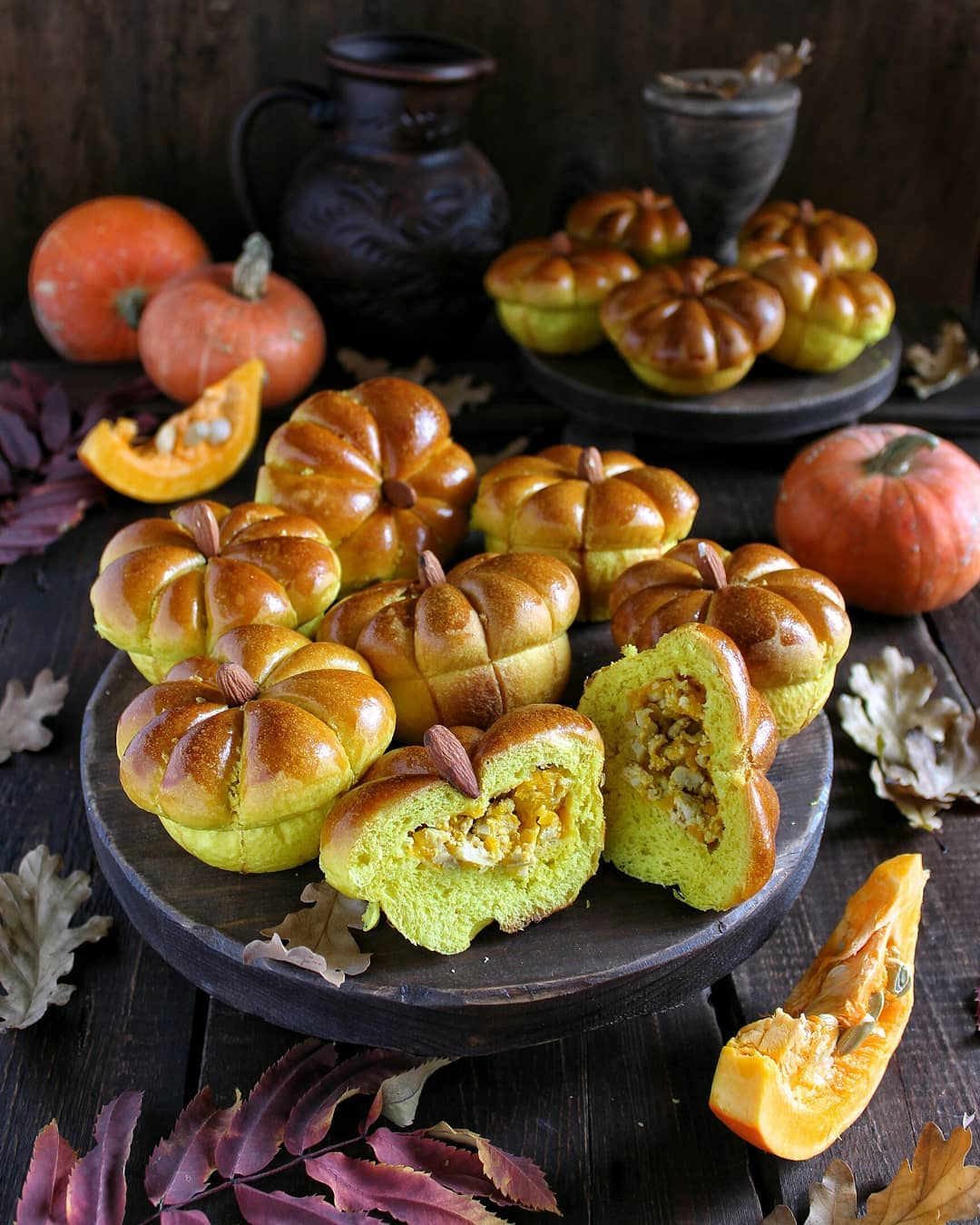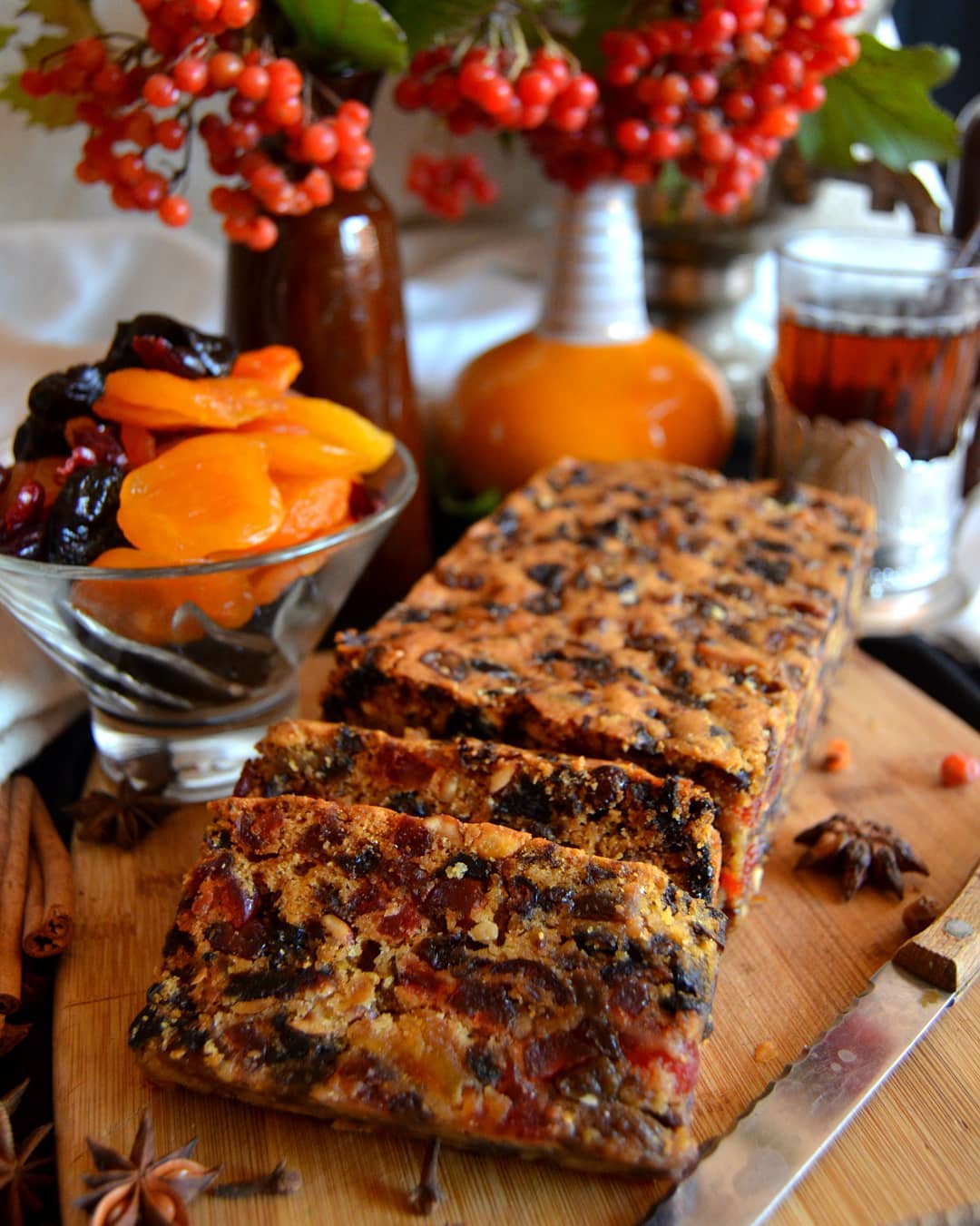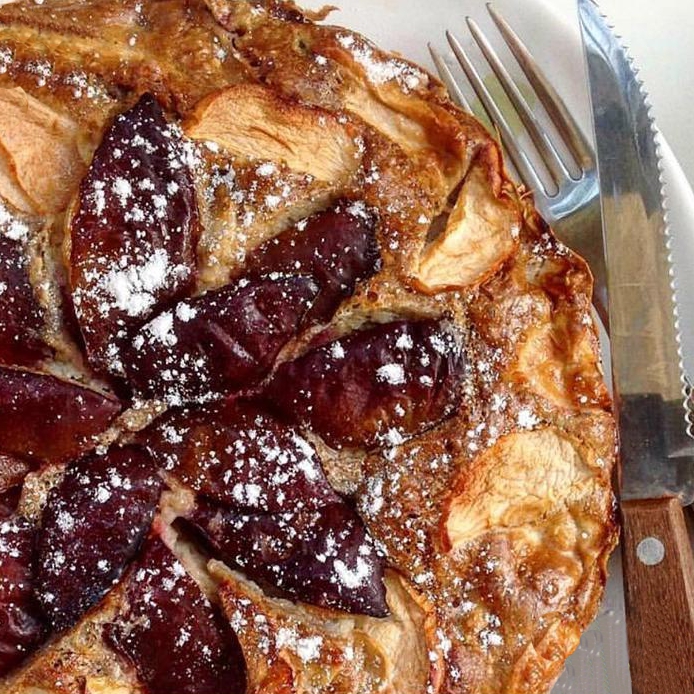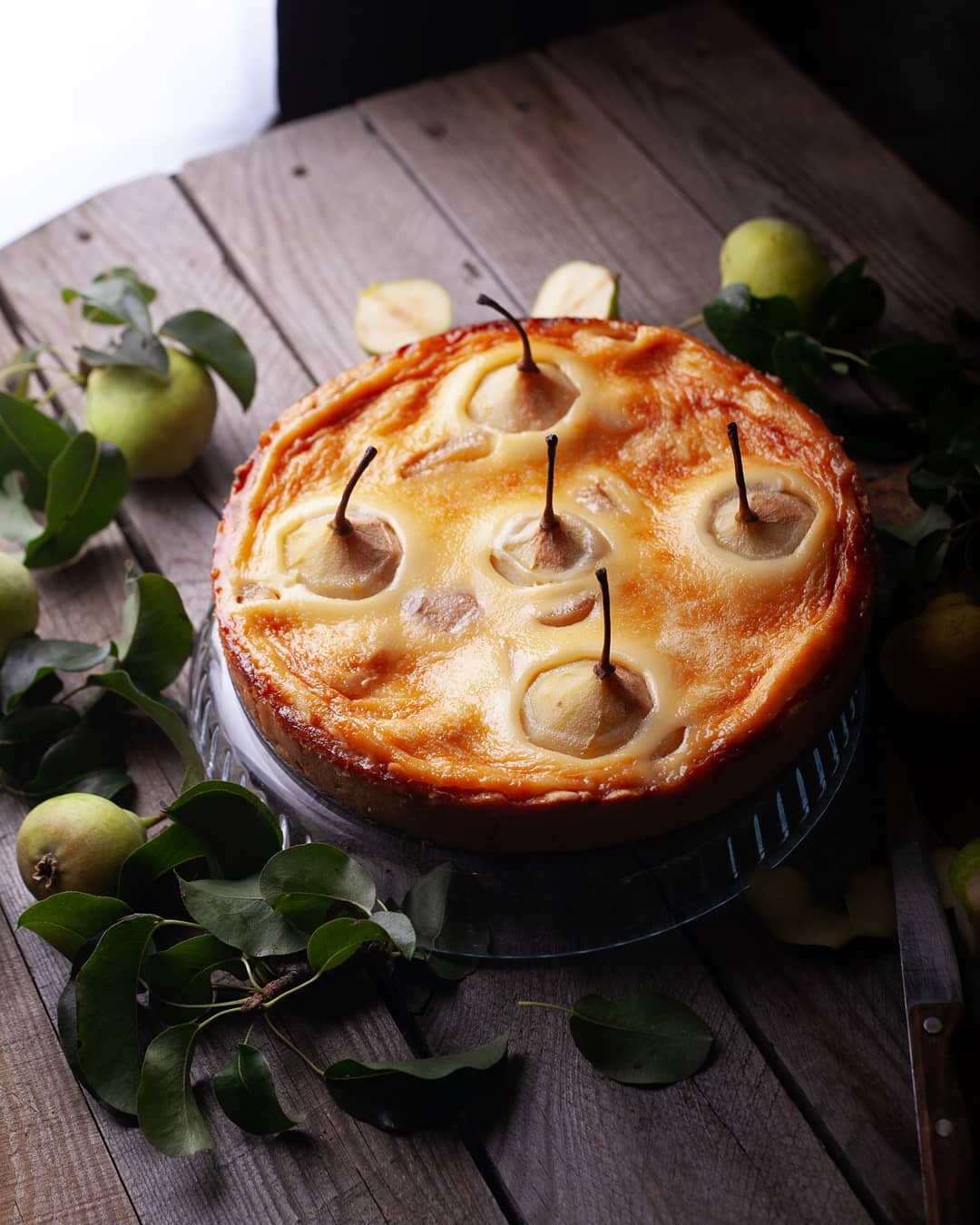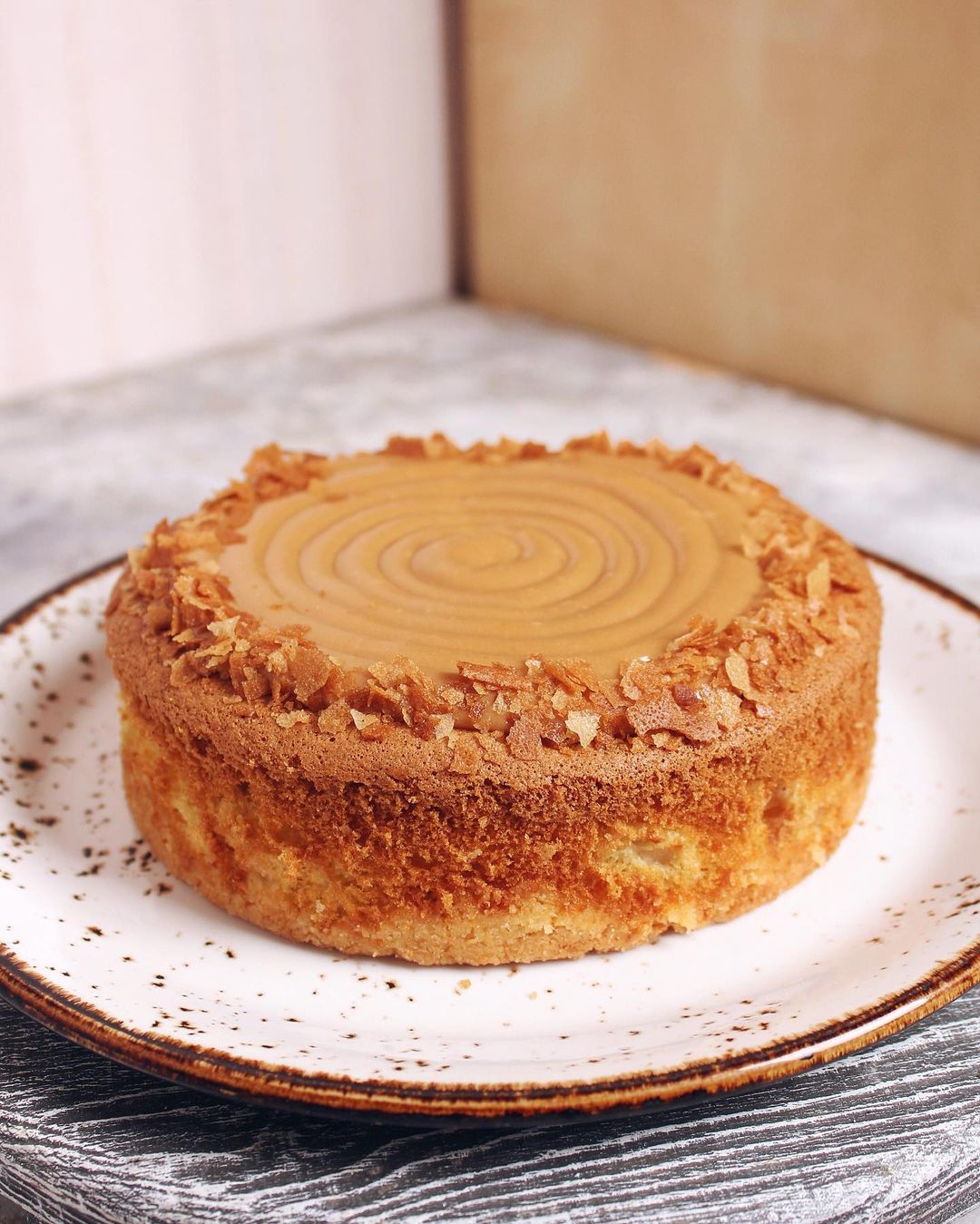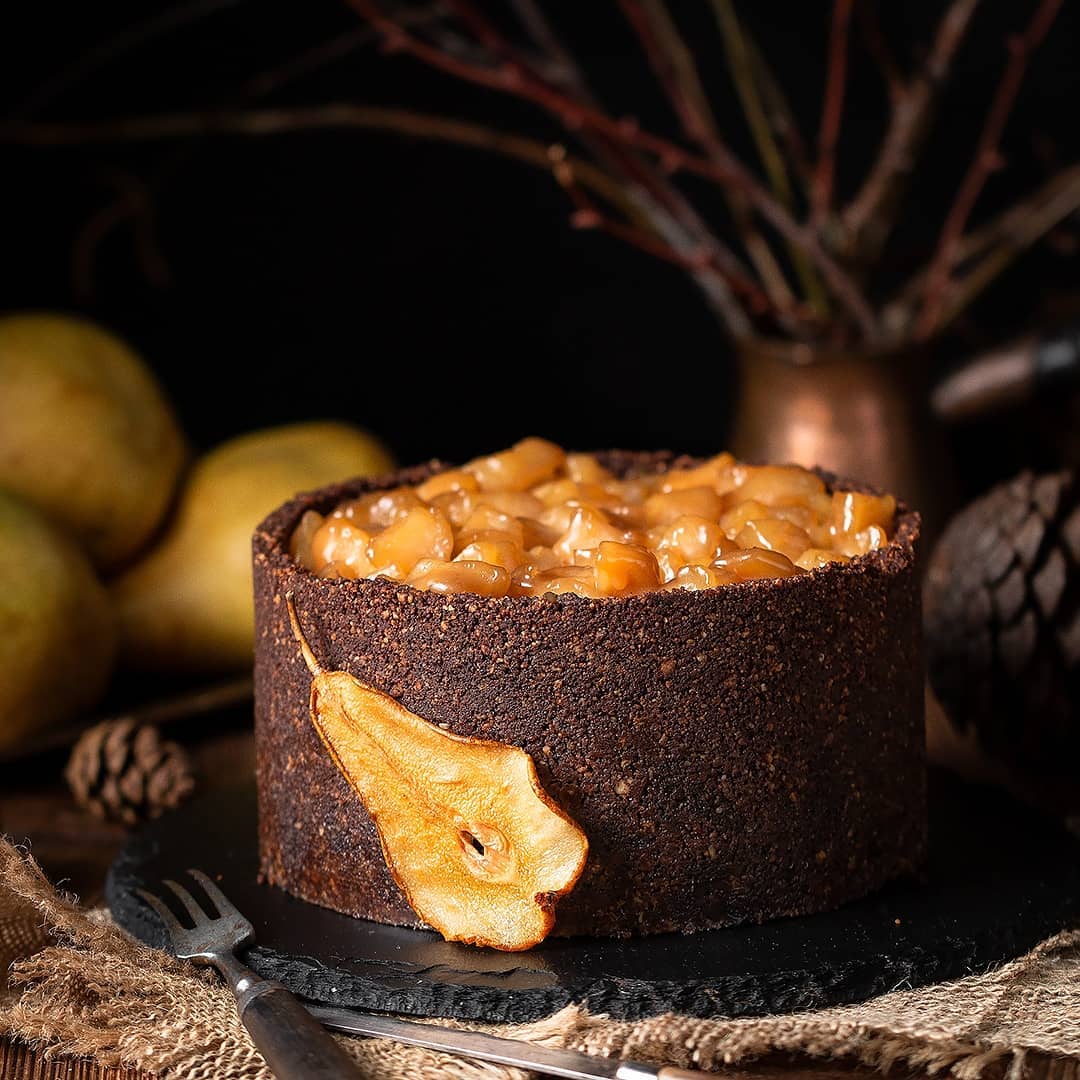Ingredients
Dough
Instructions
Step 1
Step 2
Step 3
Step 4
Step 5
Step 6
Step 7
Step 8
Servings
Equipment
A spacious, non-reactive bowl for combining your ingredients efficiently. Pro tip: use a glass or stainless steel bowl to avoid any odd tastes!
Preferably a wooden or marble board to make kneading a breeze. Sprinkle it with a little flour to prevent sticking.
A sturdy rolling pin to roll out your dough evenly. For a smooth experience, chill it briefly in the freezer before use.
A good quality, non-stick baking sheet ensures even baking and easy cleanup. Line it with parchment paper for extra ease.
Using a pastry cutter for precise lattice strips will make your pastry look professional. A pizza cutter can also work in a pinch!
Variations
For a vegan version, replace the butter with a plant-based alternative like coconut oil or margarine 🥥. Use almond or soy milk instead of regular milk, and swap the egg with a flax egg (1 tablespoon of flaxseed meal mixed with 3 tablespoons of water, set aside to thicken for a few minutes). Voila! Now, everyone can join the pastry party 🎉.
Faq
- How do I know when the yeast is activated?
You should see a frothy layer on the surface of the warm milk mixture after about 10-15 minutes.
- Why is it important to let the dough rest in the fridge?
This helps the dough to rise gradually, resulting in a richer flavor and better texture.
- Can I use a different type of jam in the pastry?
Absolutely! Feel free to experiment with different flavors like raspberry, peach, or even lemon curd for a unique twist.
- What can I do if my dough is too sticky?
Gradually add a bit more flour as you knead, but be cautious not to add too much, which could make the dough tough.
- How can I store leftover lattice pastry?
Wrap it tightly in plastic wrap or store it in an airtight container at room temperature for up to 2 days, or refrigerate for up to a week.
- How can I make sure my lattice pattern stays intact during baking?
Chill the pastry in the fridge for about 10 minutes before baking. This helps the pattern hold its shape better.



